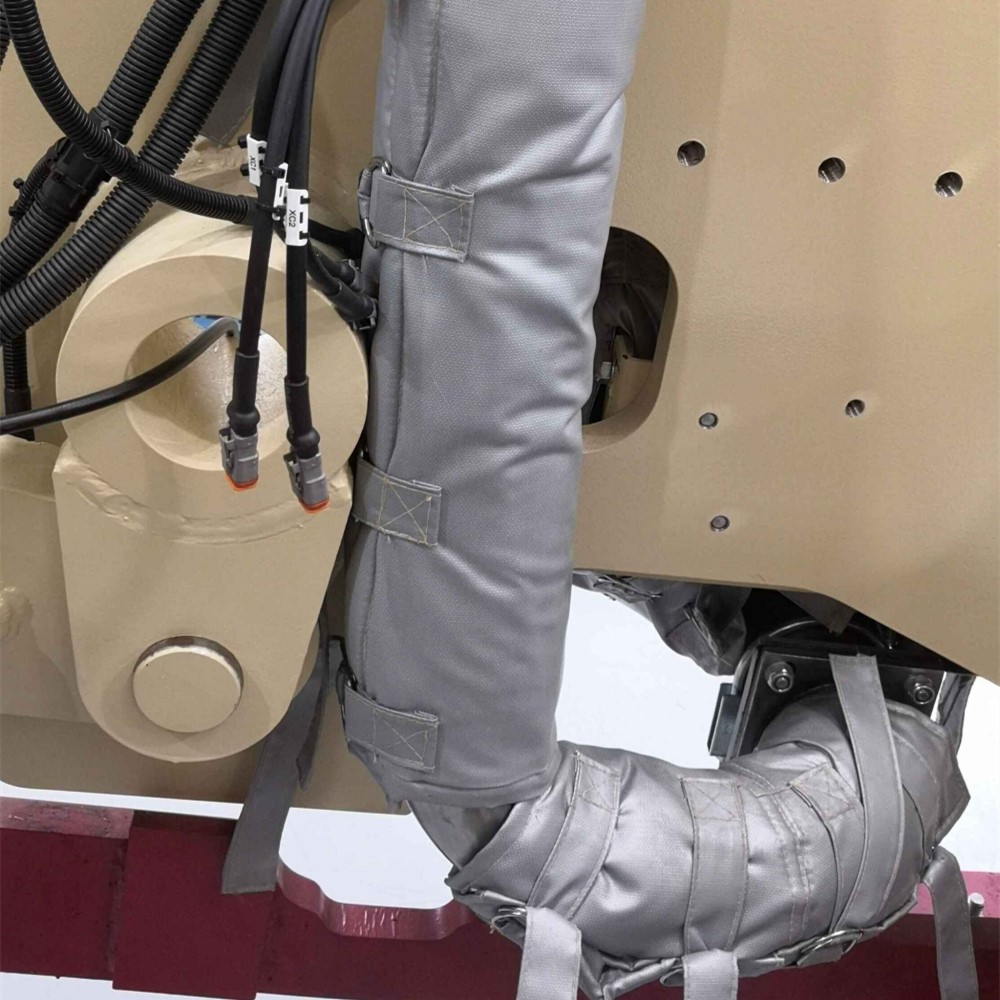Thermal management is a critical aspect of automotive engineering, particularly when it comes to optimizing performance, efficiency, and safety. In this article, we explore the role of exhaust insulation blankets in automotive applications and how they contribute to effective thermal management.
Heat Containment and Reduction:
Exhaust insulation blankets are specifically designed to contain and reduce heat generated by the exhaust system in vehicles. By wrapping around exhaust components such as exhaust manifolds, catalytic converters, and mufflers, these blankets minimize heat dissipation to the surrounding areas. This heat containment prevents heat buildup in the engine compartment, ensuring optimal operating temperatures and reducing the risk of overheating.
Engine Performance and Efficiency:
Effective thermal management using exhaust insulation blankets positively impacts engine performance and efficiency in several ways:
a. Reduced heat soak: Heat soak occurs when heat radiated by the exhaust system is absorbed by nearby engine components, resulting in increased temperatures. Insulation blankets significantly reduce heat transfer, minimizing heat soak and preserving engine performance.
b. Improved intake air temperature: Lowering underhood temperatures through the use of insulation blankets helps maintain lower intake air temperatures. Cooler intake air is denser, leading to improved combustion efficiency and increased power output.
c. Enhanced fuel efficiency: By reducing heat dissipation and heat-related losses, insulation blankets contribute to improved fuel efficiency. The engine operates at more optimal temperatures, reducing the energy wasted through excessive heat.
Component Protection and Longevity:
Exhaust insulation blankets provide an additional layer of protection to various automotive components:
a. Electrical and electronic components: By minimizing heat exposure, insulation blankets help protect sensitive electrical and electronic components from potential heat-related damage and premature failure.
b. Nearby structural components: Insulation blankets prevent excessive heat from radiating to nearby structural components, such as wiring harnesses, hoses, and plastic parts, preserving their integrity and extending their lifespan.
c. Heat-sensitive systems: Modern automotive systems, such as hybrid or electric powertrain components, have specific thermal requirements. Insulation blankets assist in maintaining these systems' optimal operating temperatures, ensuring their reliable and efficient functioning.
Noise Reduction:
In addition to managing heat, exhaust insulation blankets contribute to reducing noise levels generated by the exhaust system. The blankets act as effective sound insulation barriers, damping and attenuating the noise produced by exhaust gases, resulting in a quieter vehicle cabin and reduced overall noise pollution.
Conclusion:
Thermal management plays a vital role in optimizing automotive performance, efficiency, and durability. Exhaust insulation blankets offer a practical and effective solution for containing heat, preserving engine performance, protecting components, and reducing noise levels. By incorporating these blankets into automotive applications, manufacturers can enhance thermal efficiency, improve vehicle performance, and provide a more comfortable driving experience while meeting regulatory requirements.

